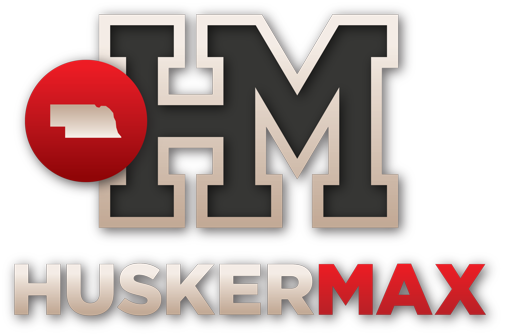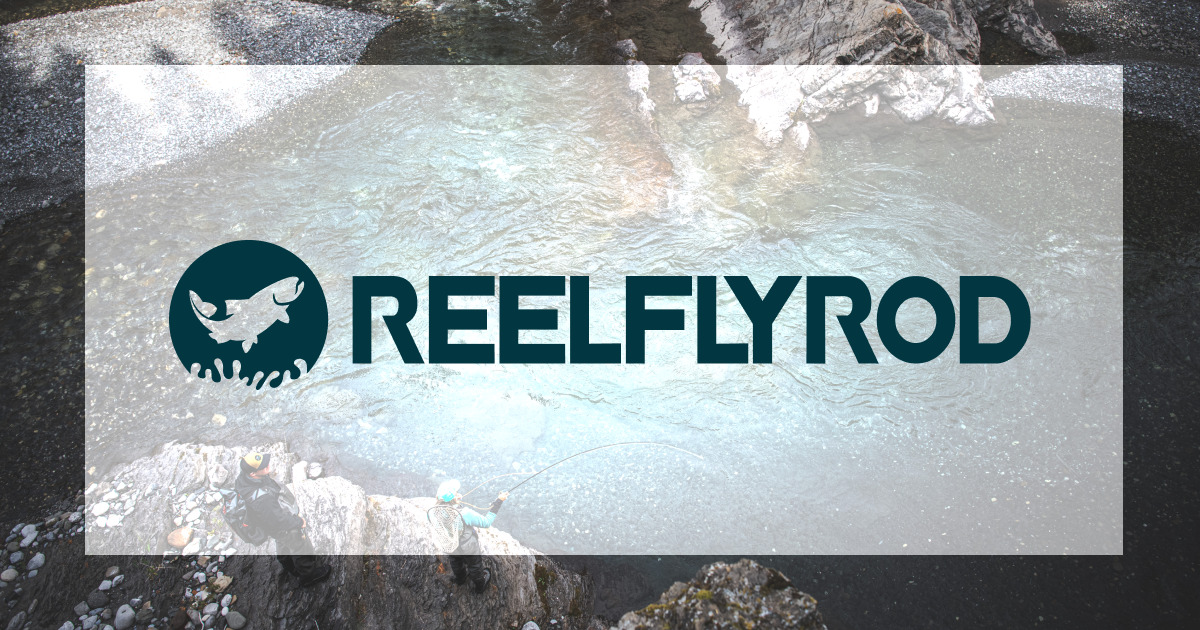Thanks for chiming in guys. A few thoughts:
Which site would that be?
LOL
It makes sense to focus on a small number of patterns to gain proficiency at the basics, and limit the materials needed to get going. Buggers are my go-to when there's nothing happening on top, so that makes sense as a first pattern. Adding a hare's ear nymph and an elk hair caddis would give me a versatile set of three patterns that look fairly simple in both material and construction. It doesn't hurt they're all good patterns on any of the water I fish (are there waters that these patterns won't catch fish on?)
A few hundred dollars up front isn't a big deterrent. The wife owes me a birthday present anyway. The Renzetti Traveler 2000 retails for $180. It appears to be just about their most modestly priced vise. I might start there unless someone warns me off. Staple consumables like thread, hooks, beads...where do you guys get these? Local shops or online vendors?
You absolutely will NOT save any money by taking up fly tying. In theory, it's possible, but in order to do so, you'll have to have already spent more than enough money to know what you can do to save money that you will already have spent more than the cost of a lifetime's worth of discount flies. If you genuinely want to get a lot of decent flies at the best possible price, I'd recommend this site:
Which site would that be?
It's both insanely addicting, and it has an insidious but ubiquitous way of changing how you look at the whole world. I can't drive past a Hobby Lobby without wondering what they have in there that would be cheaper than buying it from a fly shop. I have literally spent hours in Walmart, reading the labels for material compositions on yarns, holding them up to the light to check for translucence, etc. I'm a full-fledged hoarder. I can't skin or clean game without saving the hide or feathers. There's very fine copper wire in transformers for computers, printers, etc., so how the heck can you just throw those away? There's a wonderful synthetic material called "tri-lobal fibers," and it was especially popular in use in those old, ugly late 70s through 80s carpets that, until right now, you've been just tossing away without realizing what treasures lie within! You'll find yourself looking at pets, wondering, "I wonder what that dog's hair looks like underwater? Does it float?" Your wife's cat that you secretly used to want to kill will suddenly become a never-ending supply of dubbing as you become Rumplestiltzkin spinning his discarded hair into gold. You'l find yourself going full redneck when you see roadkilled animals on the side of the road, and about 50' afterwards you stop to go back and "harvest" some of that fur or feathers because you don't have that at home. You'll suddenly see the brilliance in having pet peacocks and/or guinea fowl, and you'll want to start putting up artificial wood duck nests for nefarious purposes. Starlings, grackles, pigeons, rabbits, gophers, chipmunks, pine squirrels, gray squirrels, fox squirrels, and woodchucks aren't just backyard pests: they become prey species for adding more material. The old buddy you used to go hunting ducks with will suddenly seem like a very important person with whom you need to get reconnected. I'm not making this up, and I could keep going with another several dozen examples. It's a sickness ... a wonderful, awesome, sometimes self-fulfilling sickness. Your wife will mock you, but that's okay because you'll discover that you can steal her nail polish and cuticle scissors and put them to much better use than she currently does. They actually have 12-step support groups for people who are addicted to a) fly tying, b) fly fishing, c) hoarding stuff for fly tying and fly fishing. I could easily join all three groups, and my wife would send me to meetings with cookies and a little more hope in her heart. If you were to attend one of those meetings, at at least one point during the evening you would notice some article of clothing that somebody is wearing that would be put to infinitely better use as fly tying material.
LOL
I would find a few patterns that I wanted to tie, obtain the material list and order that material. Once I had mastered those patterns I would find a couple more and so on.
Hope that helps.
There are several very effective flies that are really nothing more than just thread and/or yarn (which is what chenille is) on a hook. If you fish for trout or panfish, there are several very simple patterns that are great starters. For bass, trout, or panfish, it's very tough to beat a small Woolly Bugger. If you like fishing Woolly Buggers, it's probably one of the most effective easy patterns to use when you first get started in fly tying AND fly fishing. I'll put a video below that talks at length about tying them, and it's geared towards a tier who is just starting out.
...
For my kids to learn how to tie flies, I had them all tie Woolly Buggers, starting in sizes 6, 8, and 10. A poorly tied Woolly Bugger will get just as many bites as a perfectly tied $5 Orvis one. Black, brown, olive, and white are all great, but you'll never go wrong with black.
It makes sense to focus on a small number of patterns to gain proficiency at the basics, and limit the materials needed to get going. Buggers are my go-to when there's nothing happening on top, so that makes sense as a first pattern. Adding a hare's ear nymph and an elk hair caddis would give me a versatile set of three patterns that look fairly simple in both material and construction. It doesn't hurt they're all good patterns on any of the water I fish (are there waters that these patterns won't catch fish on?)
A few hundred dollars up front isn't a big deterrent. The wife owes me a birthday present anyway. The Renzetti Traveler 2000 retails for $180. It appears to be just about their most modestly priced vise. I might start there unless someone warns me off. Staple consumables like thread, hooks, beads...where do you guys get these? Local shops or online vendors?








